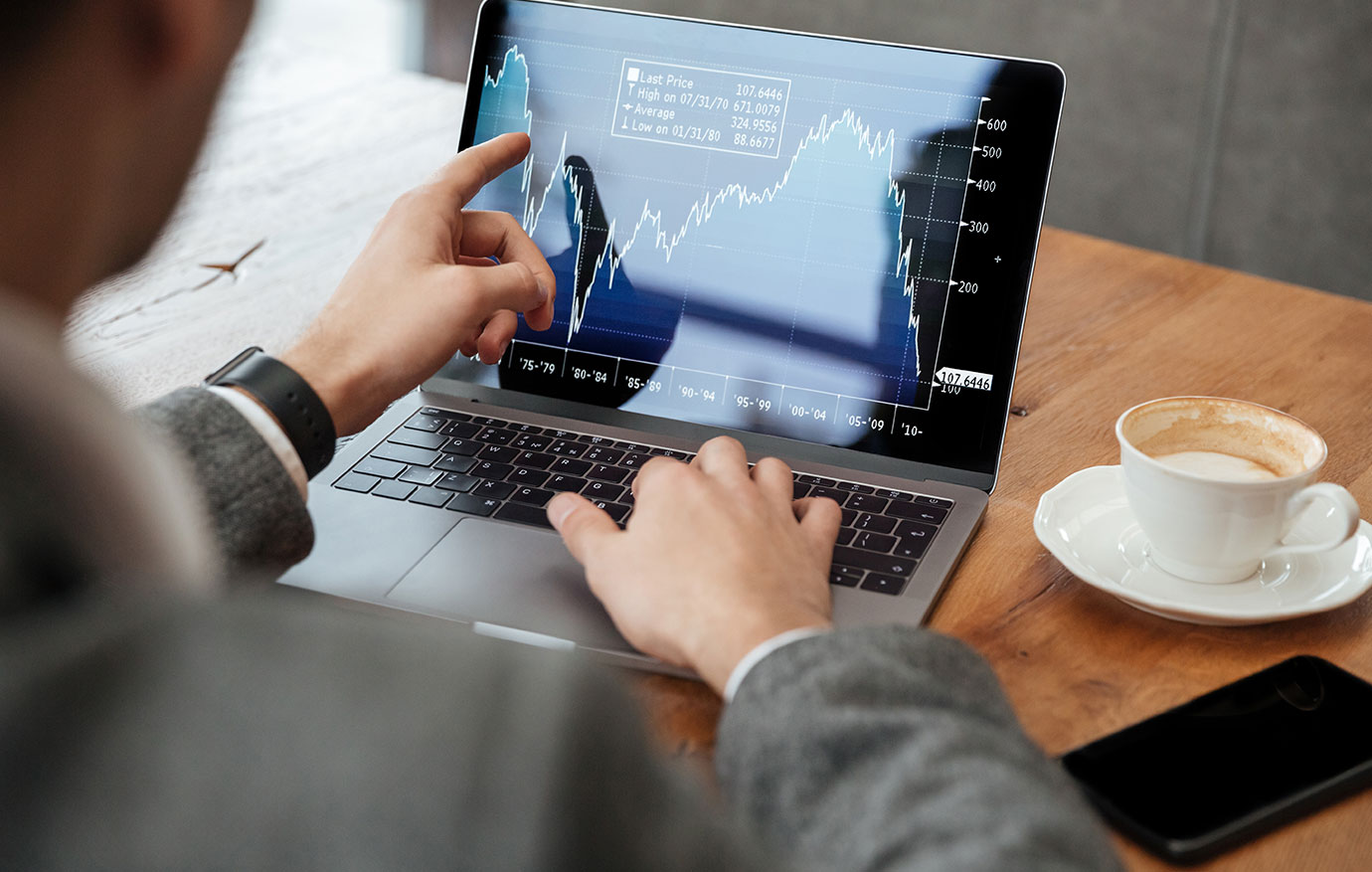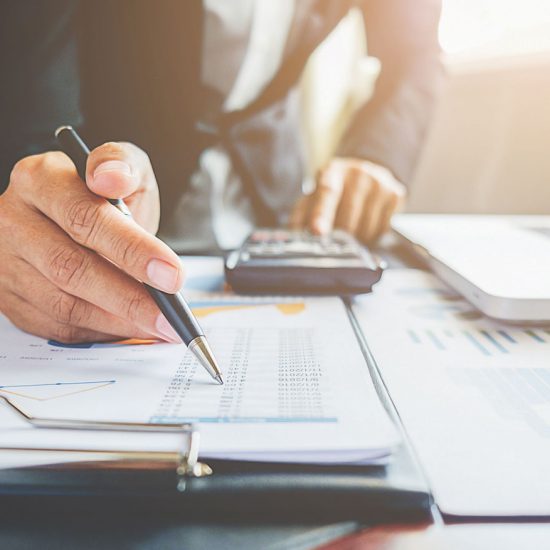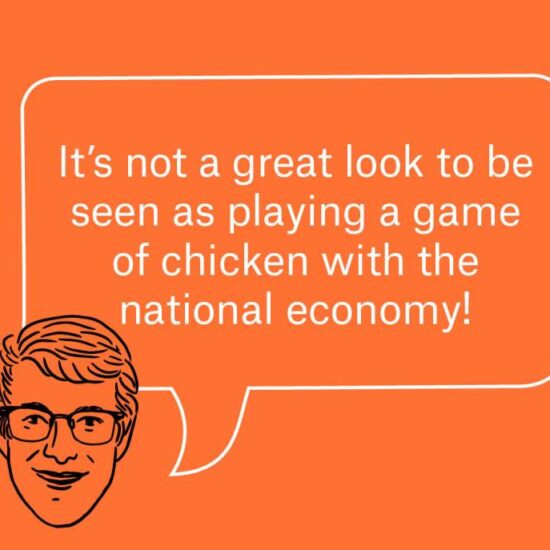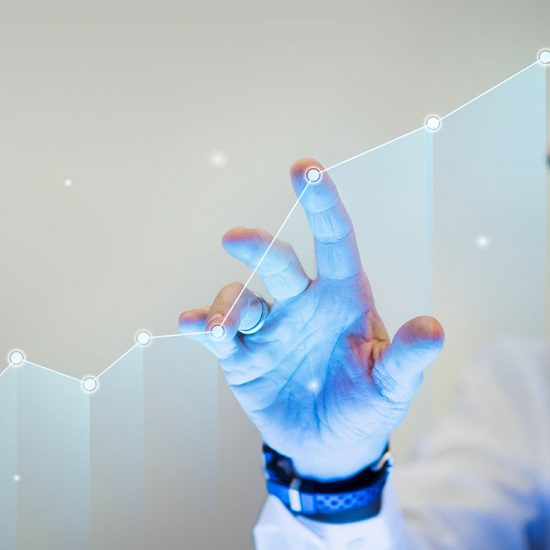Were The Stimulus Checks A Mistake?
GETTY IMAGES
It wasn’t long ago that the U.S. economy needed a shot in the arm. Millions of Americans had lost their jobs as the country shut itself down to slow the spread of a deadly virus. At the time, policymakers, advocates and economists agreed that Americans needed immediate relief — and so they quickly acted on it.
Lawmakers passed a $2.2-trillion stimulus package in March 2020, followed by two more installments of COVID-19 relief later in 2020 and then again in 2021. In total, it added up to one of the most generous fiscal responses to the virus globally.
There would be a catch, though. As U.S. prices continue to rise by rates not seen in decades, it’s become clear that the stimulus came at a significant, unintended cost: inflation. It’s unclear whether inflation has reached its peak, but the situation is now economically and politically toxic, and it has left many of the same policymakers, advocates and economists now asking whether the stimulus checks were a mistake.
The stimulus had big economic benefits — but it also fueled inflation
On the one hand, COVID-19 stimulus undoubtedly helped Americans in some very big, tangible ways. Namely, it reduced poverty — beyond merely keeping people afloat during the early days of the pandemic.
According to the U.S. Census Bureau’s supplemental poverty measure, the stimulus payments moved 11.7 million people out of poverty in 2020 — a drop in the poverty rate from 11.8 to 9.1 percent. And the 2021 poverty rate was estimated to fall even further to 7.7 percent, per a July 2021 report from the Urban Institute. We don’t know yet whether this came to fruition, but Laura Wheaton, a senior fellow at the Urban Institute and one of the analysts behind the 2021 numbers, told us that it was clear from their analysis that the stimulus checks were driving a dramatic decline in poverty.
More broadly, the stimulus checks also cushioned workers during one of the worst economic crises in modern history, which likely helped the economy bounce back in record time. In April 2020, when Americans were receiving the first round of checks — up to $1,200 with the CARES Act — the unemployment rate was at a disastrous 14.7 percent. But two years later, it’s almost returned to its pre-pandemic levels, with many job openings. “I hope we don’t forget how awesome it was that we supported people so well, and that we recovered as quickly as we did,” said Tara Sinclair, a professor of economics at George Washington University.
However, there is also evidence that the stimulus, especially the last round, likely stoked higher and higher prices for the very people it was intended to help. Though global supply chain issues (and, more recently, the war in Ukraine) have been significant drivers of inflation, the divergence between U.S. and European inflation suggests there’s more to it than that. In fact, a recent analysis from researchers at the Federal Reserve Bank of San Francisco found that the stimulus may have raised U.S. inflation by about 3 percentage points by the end of 2021.
Americans are struggling financially as a result — particularly low-income people who don’t have a cushion to absorb higher prices. Moreover, inflation is outpacing wage growth. Despite a 5.6 percent jump in wages year-over-year, 8.5 percent inflation in March 2022 meant that Americans saw a nearly 3 percent decrease in inflation-adjusted wages.
This wasn’t a completely unforeseen problem, either. Back in early 2021, some economists raised the alarm about the size of the final round of stimulus — the American Rescue Plan, which was headlined by $1,400 direct payments to individual Americans — for its potential to overheat the economy and create an inflationary environment. According to Thomas Philippon, a professor of finance at New York University’s Stern School of Business, the stimulus checks played a chief role in creating excessive demand, which in turn spurred inflation. “The demand boost was very large in the U.S., and the stimulus checks were a large part of it,” Philippon said. But at the same time, many policymakers — including Jerome Powell, chair of the Federal Reserve — thought that the risk of putting too little money into the economy seemed greater than the risk of putting in too much.
The stimulus became political
Part of the problem is that the last rounds of stimulus — the checks that went out in December 2020 and March 2021 — may actually have been too big. But the decision to send an extra $2,000 to most Americans wasn’t backed by evidence or economic calculations. It was shaped by politics.
Though the CARES Act passed on a near-unanimous, bipartisan basis in March 2020, when former President Donald Trump was in office, a much different story played out in the transition from his administration to now-President Biden’s. Toward the end of 2020, Trump pushed for additional $2,000 payments, which House Democrats supported and later passed, but that effort was blocked by Republicans in the Senate who were alarmed by the price tag. Ultimately, direct payments of just $600 were greenlit — despite broad-based support for the bigger checks among voters of both parties.
But Democrats, with control of the Senate hanging in the balance, decided to campaign for larger stimulus checks in the run-up to the Georgia run-off elections. It’s impossible to know whether support for the checks gave now- Sens. Raphael Warnock and Jon Ossoff their respective edges, but Democrats did end up winning both seats and passing the American Rescue Plan two months later, which included $1,400 checks to meet the desired $2,000 target.
Claudia Sahm, director of macroeconomic research at the Jain Family Institute, said that the March 2021 check should have ideally been smaller. But because of the politics of the issue, there wasn’t room to push for a lower number. “People had been promised the $2,000 checks,” she said. Politically, that meant it was either going to be a $2,000 payment — or nothing at all.
Moreover, a lot of the COVID-19 economic response leaned left, which may help explain why so many policymakers underestimated the threat of inflation. They were instead more worried about not giving Americans enough money — a lesson of a previous era. Democrats who were in office during the Great Recession — including Biden, who helped oversee the 2009 recovery as vice president — approached the COVID-19 recovery determined not to repeat the mistakes of spending too little money. It wasn’t clear at the time, but many economists now believe that Congress’s reluctance to pump money into the economy after the 2008 crash led to a long and grinding recovery.
That’s why this time around, Democrats wanted to pour money into the economy. It seemed like a clear political winner, since support for another round of stimulus payments was extremely high: Polls from late 2020 and early 2021 consistently found that the vast majority of Americans, including many Republicans, supported the proposed stimulus checks. But though Democrats won control of the Senate and passed the overwhelmingly popular stimulus — albeit on a party-line vote — that popularist ethos hasn’t seemed to bear fruit since. In particular, voters don’t seem to be rewarding Democrats and Biden for the extra money granted by the stimulus. A majority of voters blame Biden for inflation — including a sizable chunk of Democrats — and disapprove of his handling of the economy more broadly.
Instead of helping Biden and his party, then, the stimulus could end up hurting them in the 2022 midterm elections.
We will likely learn the wrong lessons from the stimulus
The lessons we draw from the response to the COVID-19 recession are important, because they’ll almost certainly shape how we respond to the next economic downturn. In the wake of the Great Recession, policymakers shot too low. Now, they appear to have shot too high. If this were the story of Goldilocks, we’d be poised to get things just right next time — but politics is not a fairy tale, and it’s very possible that we’ll overcorrect whenever another recession hits.
In many ways, we’re still figuring out what the lessons are as the pandemic still isn’t over. And it’s, of course, hard to disentangle what could have happened had the government’s response not been so aggressive. One clear lesson of the COVID-19 pandemic, though, is that America’s social safety net wasn’t prepared to deal with a crisis of this magnitude, which is a big part of the reason why the response had to be so massive.
Our social safety net wasn’t ready to catch everyone who needed it, so it was very difficult to figure out who really needed relief and when the tap should be turned off, according to Sinclair. Rickety state unemployment insurance systems couldn’t be recalibrated to replace people’s incomes, so many people ended up being paid much more after they lost their jobs. It wasn’t easy to target direct payments to people in specific income brackets, so the payments went out to some families who didn’t need them.
But with a better social welfare infrastructure, we might not have been as vulnerable to inflation, according to Darrick Hamilton, a professor of economics and urban policy at the New School. Had we been able to identify and reach the people who were most in need of support, a huge, blanket response wouldn’t have been necessary.
“[T]he automatic stabilizer of that leaves us less vulnerable to economic shocks, like a pandemic recession,” Hamilton said. “We would have that type of policy infrastructure already in place.”
The problem is that politicians’ incentives run the other way — there’s no political benefit to preparing for a nebulous future crisis, so they often don’t. And as anxiety about inflation mounts, there’s little appetite to pump more money into the country’s social safety net. “It would be a sweeping change, and it would look like a huge expenditure,” Sinclair said. “And it’s hard to tell people, ‘Hey, look, if we do this, it’ll look like a lot of money now, but the next time there’s a crisis, we won’t end up just spending a trillion or two, willy-nilly.’”
Depending on what happens with inflation, economists may end up concluding that the tradeoffs of the COVID-19 stimulus were worth it, but that won’t necessarily be the political takeaway. All of this underscores the fundamental tension of any response to an economic crisis — it will be designed by politicians, whose goals are shaped by the prevailing political winds. And at this point, it seems very likely that the political pain inflicted by rising prices will shape the way we remember the current response, regardless of whether economists agree.




